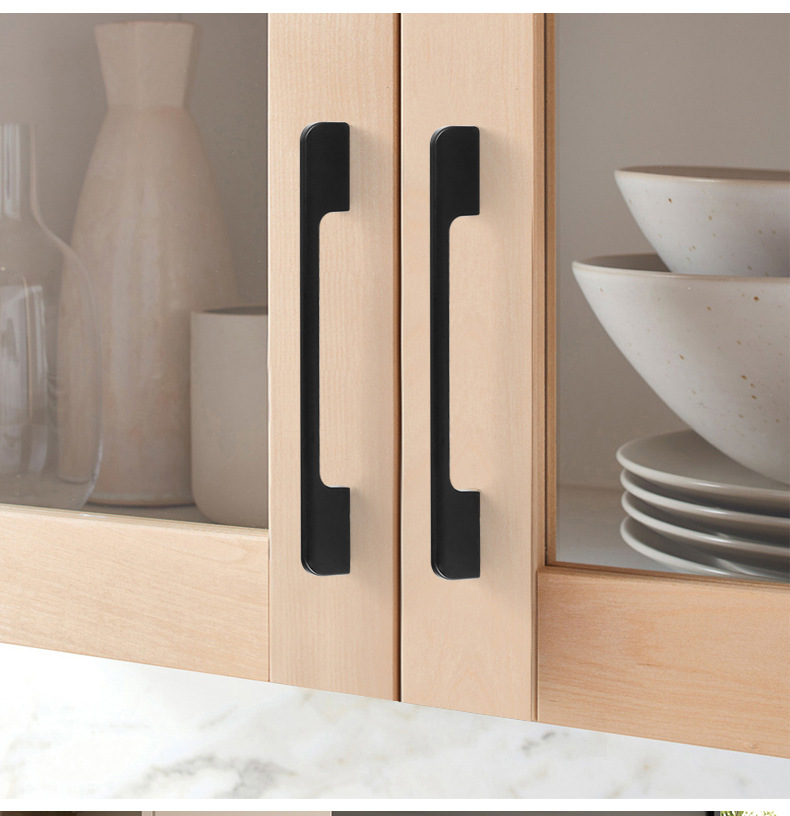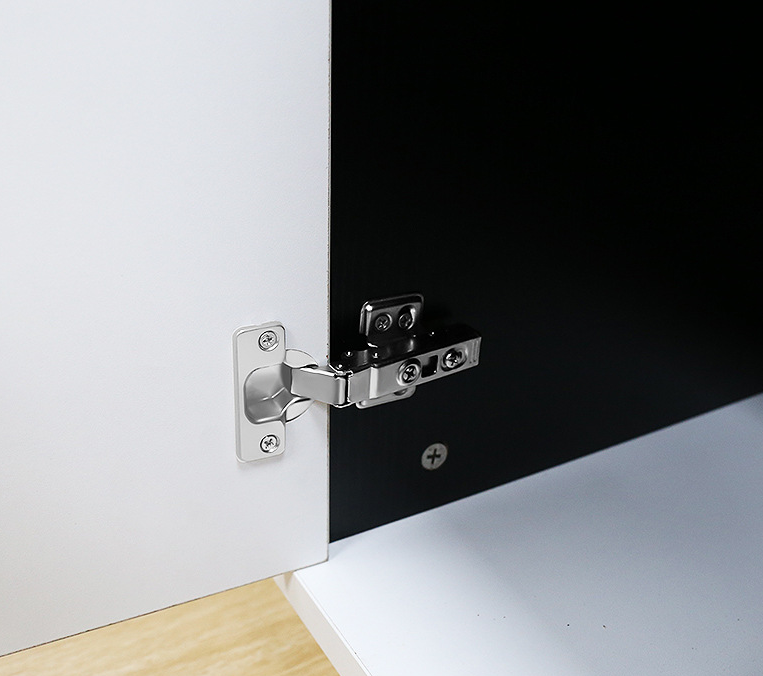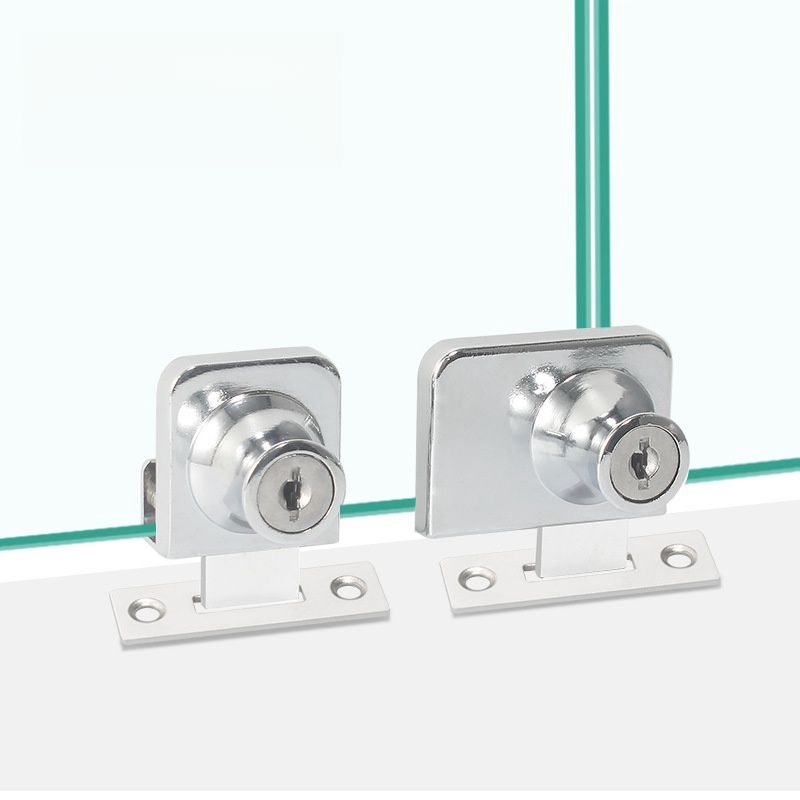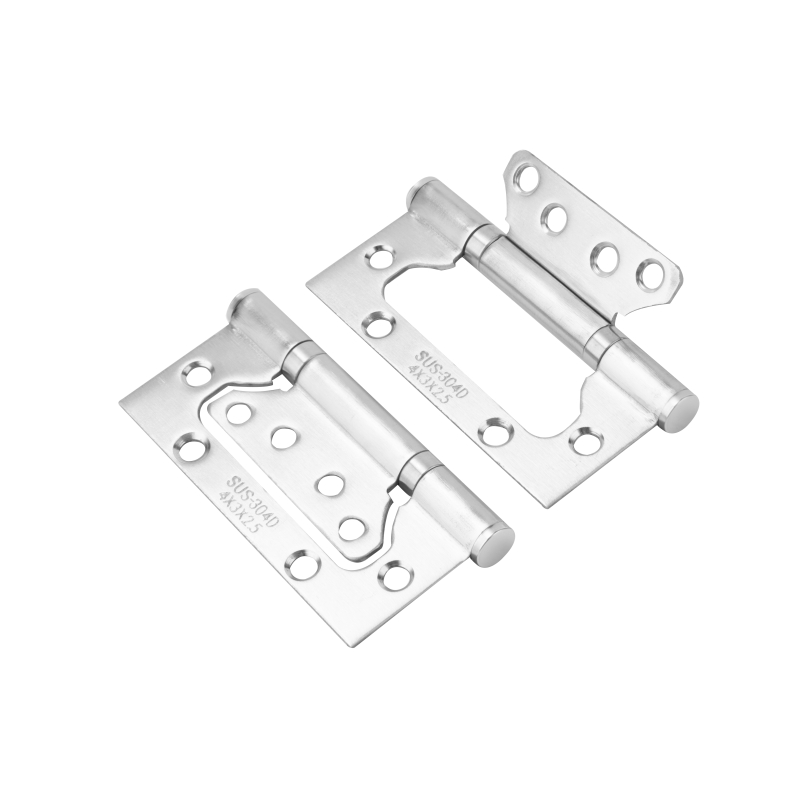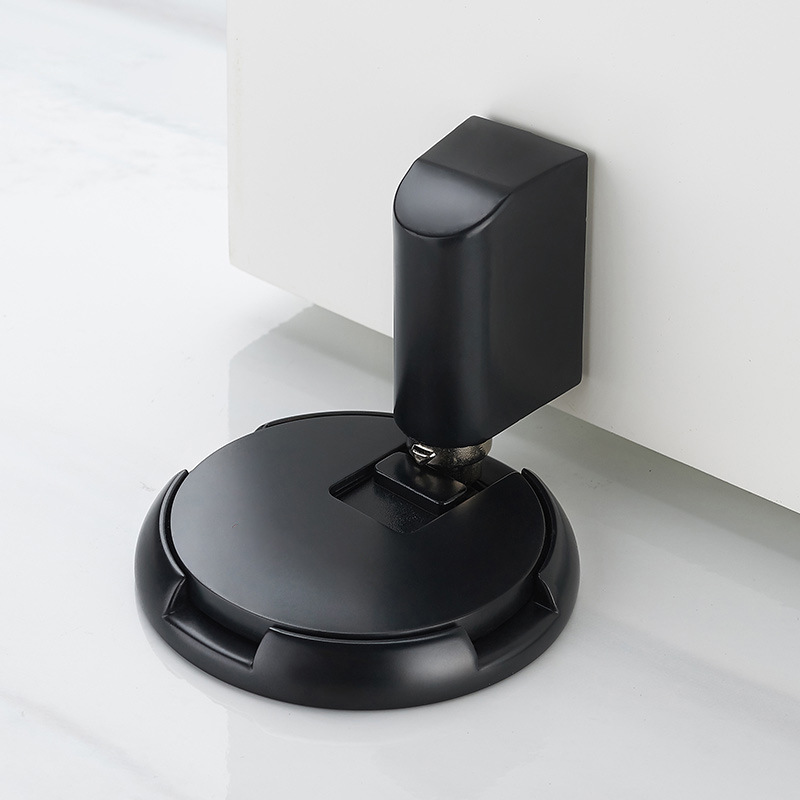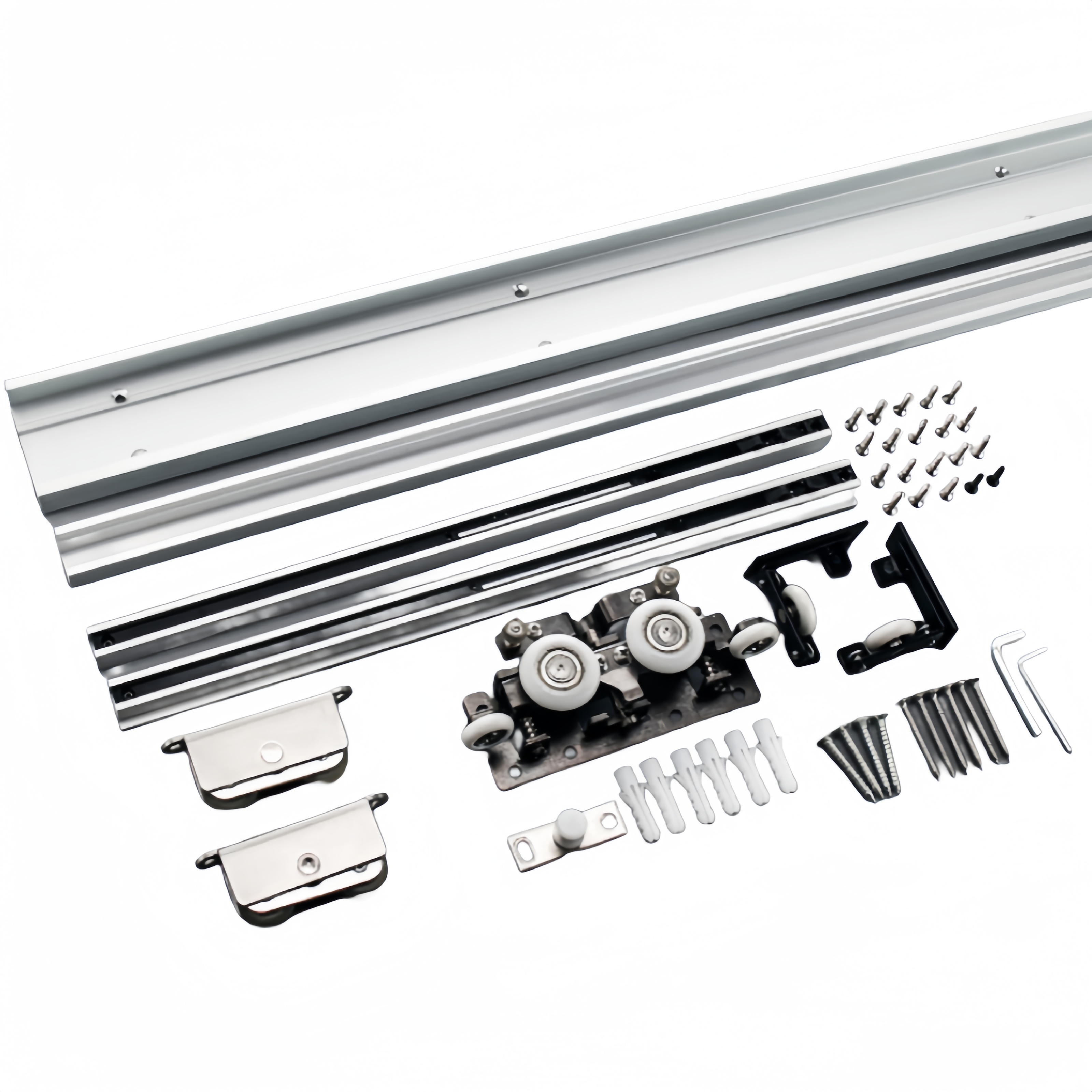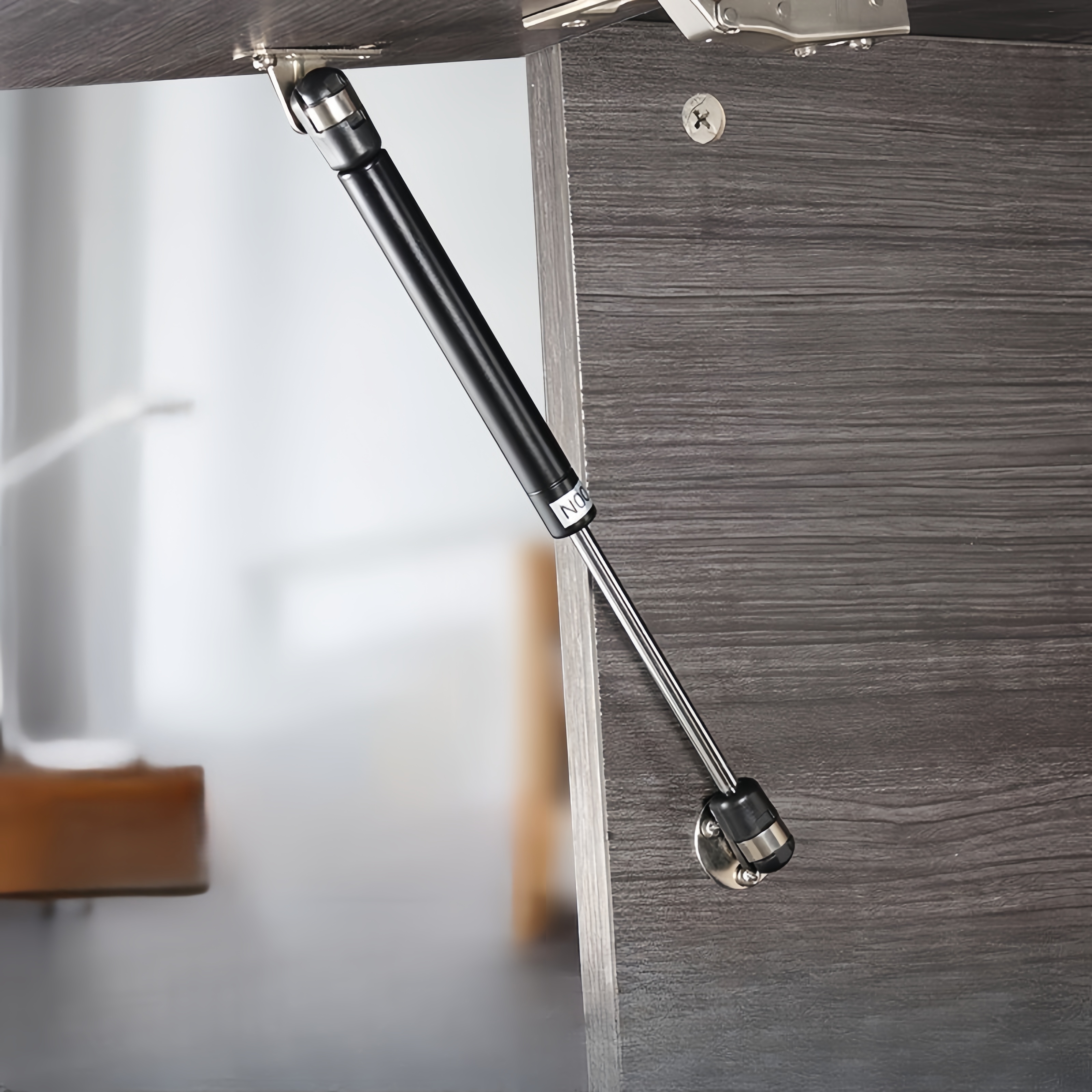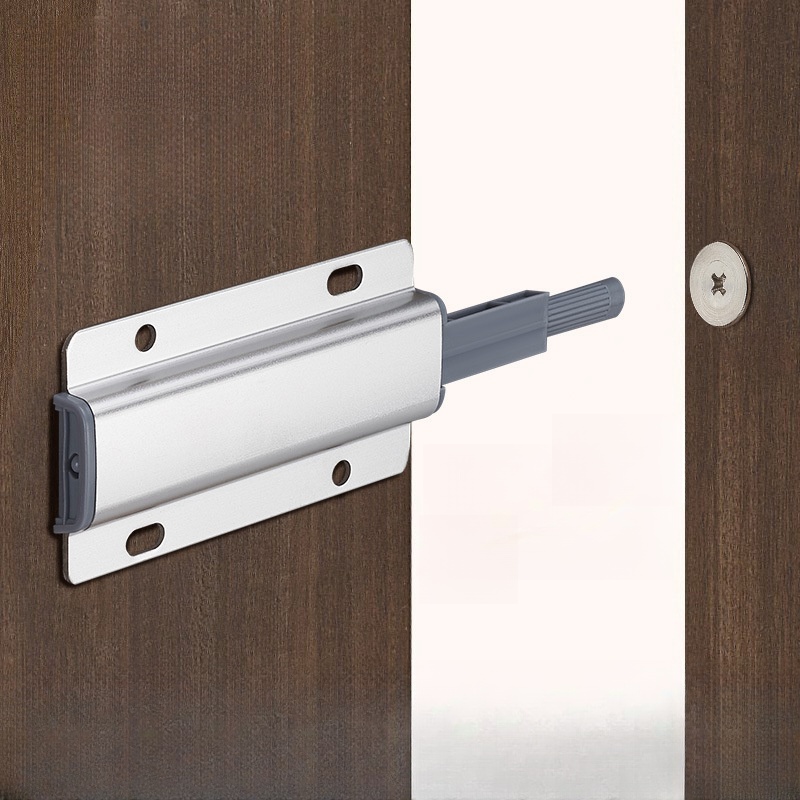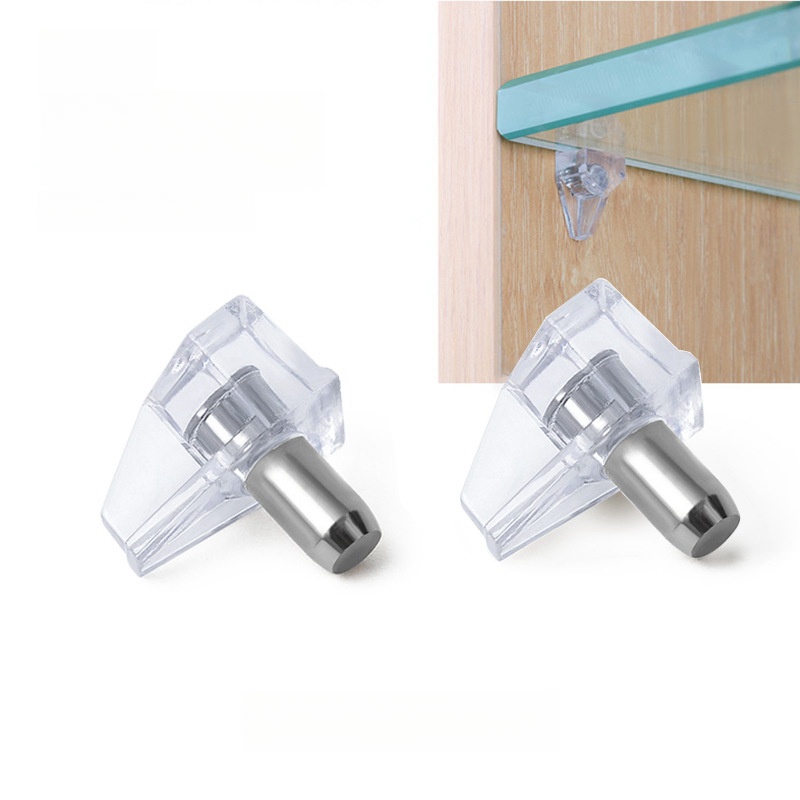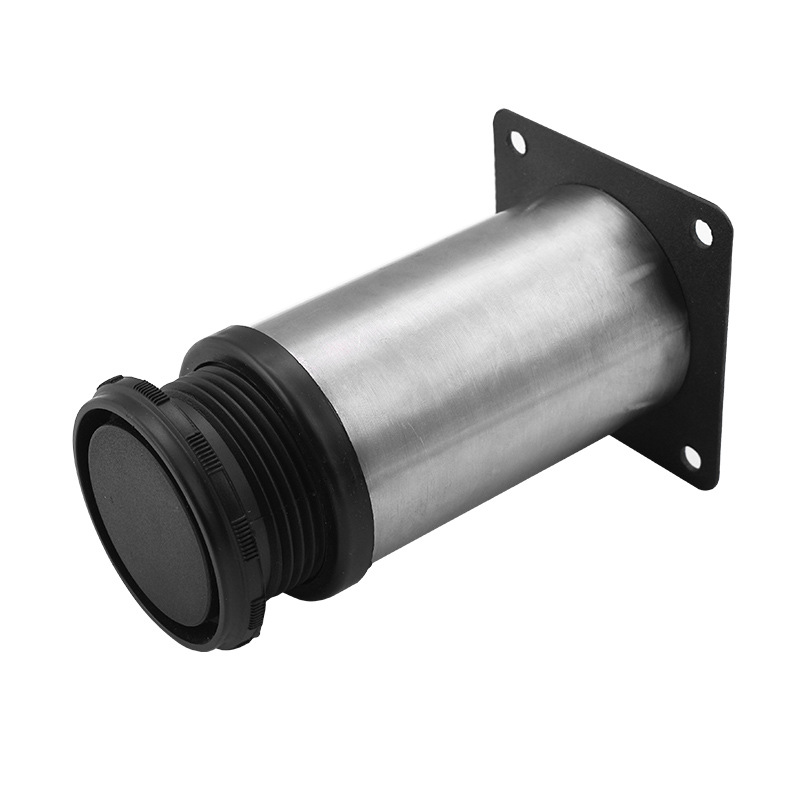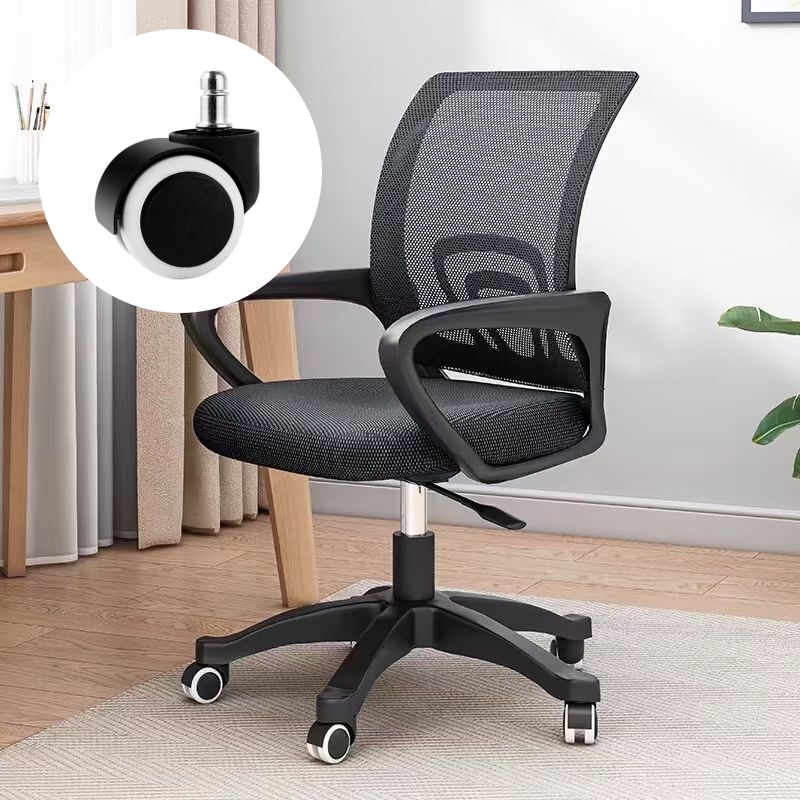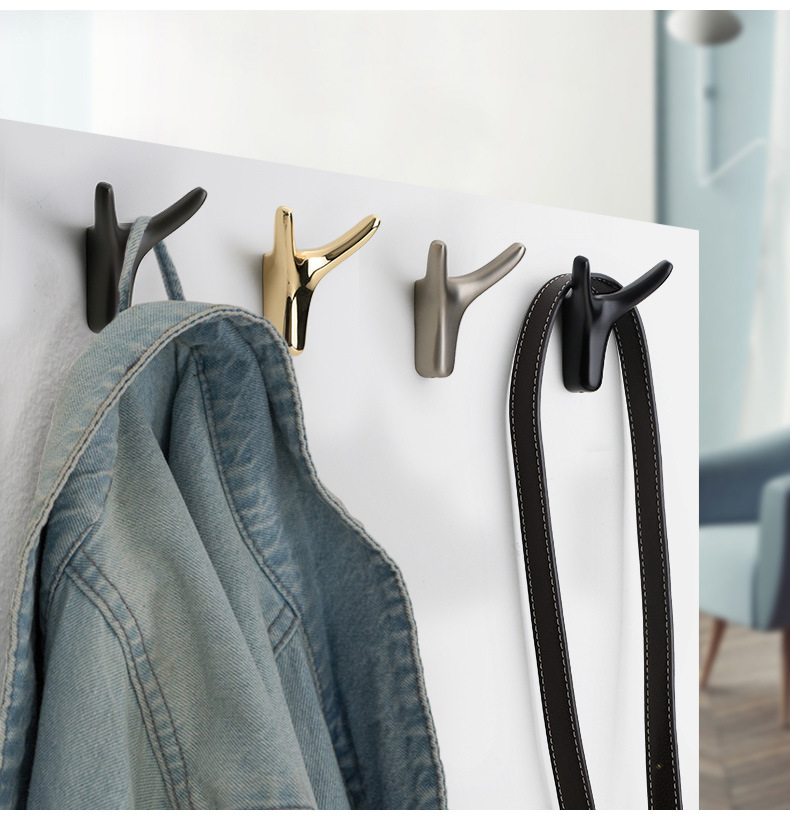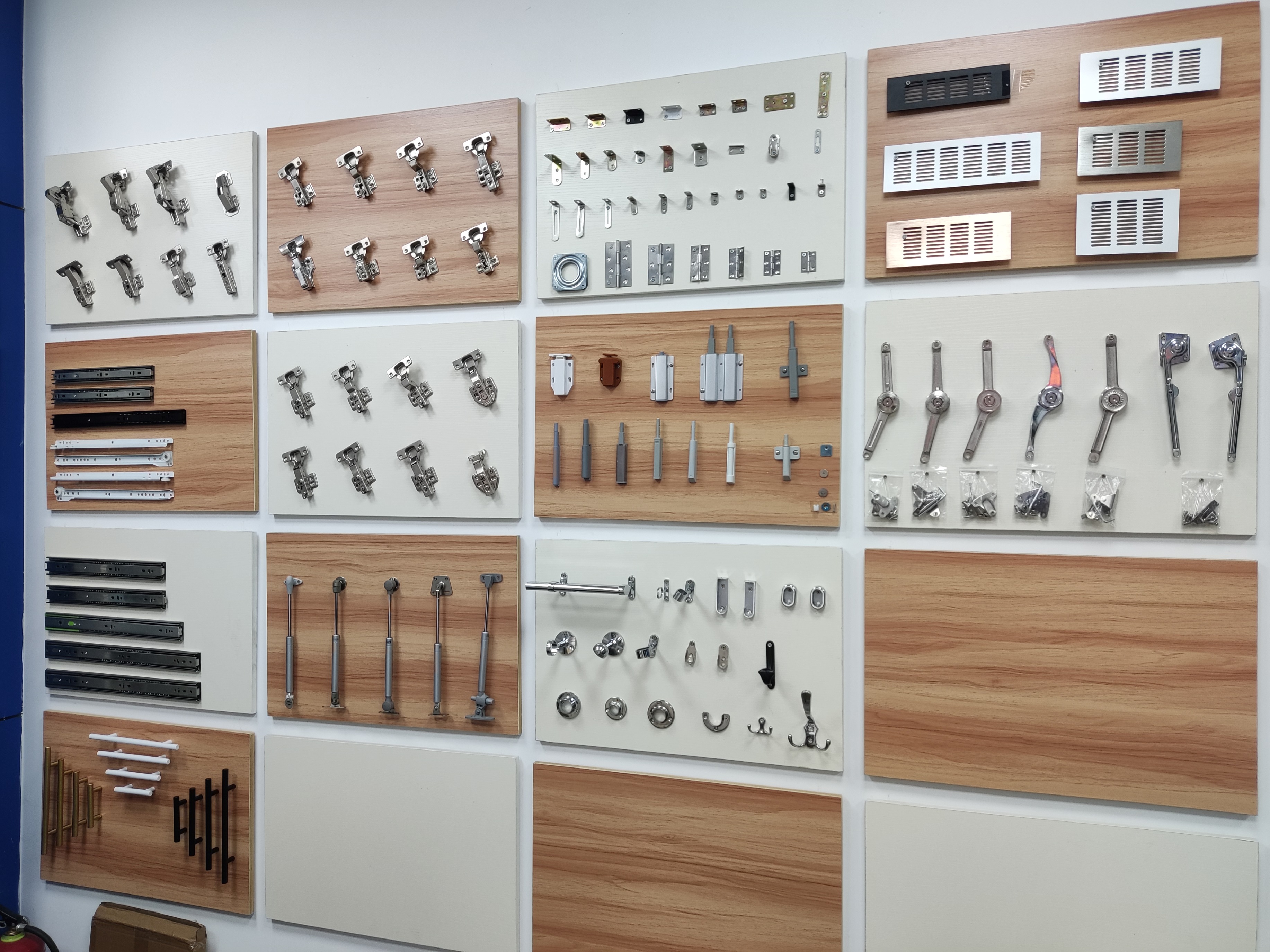
ABOUT
Guangzhou Toplink hardware Co., Ltd specialized in the production and export of furniture hardware fittings, with an experience of more than 14 years.
Our main products are drawer locks, cabinet hinges, sliding rails, cabinet handles, casters, cabinet legs and connecting fittings etc..
With a complete range of products, excellent performance and reasonable prices we have built up business with many customers all over the world.
We are committed to strict quality control and considerate customer service. We sincerely looking forward to becoming your best choice and the most reliable partner!
PRODUCTS
shelf supports for kitchen cabinets
Kitchen cabinets are the unsung heroes of culinary spaces, silently storing our precious cookware, dishes, and food supplies. But behind the sleek facades and elegant doors lies a critical component often overlooked: the shelf supports. These seemingly simple brackets are the backbone of your cabinet organization, ensuring your carefully curated collection remains safe, accessible, and neatly arranged. Without robust and reliable shelf supports, your carefully planned kitchen could descend into chaos. This article delves into the world of kitchen cabinet shelf supports, exploring the various types available, their advantages and disadvantages, and how to choose the right ones for your needs.
Types of Shelf Supports for Kitchen Cabinets
The market offers a wide array of shelf support options, each with its own set of features and applications. Understanding these differences is crucial for selecting the perfect fit for your kitchen cabinets. Common types include standard shelf pins, adjustable shelf pins, cam locks, and concealed shelf supports.
Standard shelf pins are the most basic and often the least expensive option. These simple, cylindrical pins are inserted into pre-drilled holes in the cabinet sides, providing support for shelves resting on top. They are readily available and easy to install, making them a popular choice for DIY projects. However, their fixed position limits adjustability, meaning shelves cannot be moved once installed.
Adjustable shelf pins offer greater flexibility than their standard counterparts. These pins, usually equipped with a sliding mechanism, allow for precise height adjustment, making them perfect for accommodating various sized items and changing storage needs. They offer more versatility in organizing your kitchen essentials, enabling you to customize shelf heights for optimal space utilization.
Cam locks provide a more robust and often visually appealing support system. These locking mechanisms typically involve metal brackets and cams (eccentric rotating elements) that grip the shelf securely from the underside. They eliminate the need for pre-drilled holes, offering a cleaner look and potentially greater load-bearing capacity. This option is ideal for heavy items or situations where maximum stability is crucial.
Concealed shelf supports are designed for a sleek, minimalist aesthetic. These supports are hidden from view, creating a clean, uncluttered look within the cabinet. They often involve specialized clips or brackets that are integrated into the cabinet sides or shelves, providing sturdy support without compromising the cabinet's visual appeal. They are a premium option, often found in higher-end kitchen cabinetry.
Material and Durability
The material used in constructing shelf supports directly impacts their durability and longevity. Common materials include metal (steel, aluminum), plastic, and wood. Metal supports, particularly steel, are known for their strength and resilience, capable of withstanding heavier loads and providing excellent stability. Aluminum supports offer a lighter alternative with good strength, while often being less prone to rust.
Plastic supports, usually made from durable polymers, are a more budget-friendly option. They are often lightweight and easy to install, but may not be suitable for carrying very heavy items or in humid environments where they might degrade over time. Wood supports, often used in more traditional or custom-built cabinetry, can offer a visually appealing complement to wooden shelves and cabinets but might require more regular maintenance and are less resistant to moisture than metal options.
The weight capacity of a shelf support is a critical consideration. Always check the manufacturer's specifications to ensure the chosen supports are rated to handle the weight of the items you plan to store. Overloading shelf supports can lead to sagging shelves, damage to the cabinet, or even injury. Consider the weight of your dishes, cookware, and canned goods when choosing shelf supports with an adequate weight rating.
Installation and Ease of Use
Installation ease varies depending on the type of shelf support. Standard and adjustable shelf pins are generally straightforward to install, requiring only pre-drilled holes and a simple insertion or sliding mechanism. Cam locks, while providing superior strength, may require more careful alignment and adjustment during installation. Concealed supports often need more precision and specialized tools for fitting.
The ease of use also extends to shelf adjustment. Adjustable shelf pins provide maximum flexibility and ease of adjustment, while fixed pins offer no adjustability. Cam locks and concealed supports generally provide a fixed shelf position once installed. Consider the frequency with which you anticipate adjusting your shelf heights when making your selection. If you anticipate frequent rearrangements, adjustable shelf pins are the more practical choice.
Before purchasing, it's crucial to measure your cabinet dimensions to ensure compatibility with the chosen shelf supports. Paying close attention to specifications regarding shelf thickness, hole spacing, and overall dimensions will prevent purchasing the wrong product and ensure a smooth and successful installation.
Aesthetic Considerations
While functionality is paramount, the aesthetic appeal of shelf supports shouldn't be overlooked, especially in kitchens where visual harmony plays a significant role. The visibility of the supports varies widely. Standard and adjustable pins are generally visible, while cam locks and concealed supports are designed to be unobtrusive. Choose the style that best complements your cabinetry and overall kitchen design.
The finish of the supports can also impact the overall aesthetic. Metal supports are often available in various finishes, including chrome, nickel, and bronze, allowing for matching or contrasting elements within your cabinet design. Plastic supports typically offer fewer finish options, while wooden supports would naturally match or complement wooden cabinets.
Careful consideration of these factors ensures your shelf support system enhances rather than detracts from the overall appearance of your kitchen, creating a cohesive and visually appealing space.
SUBSCRIBE
INQUIRY
